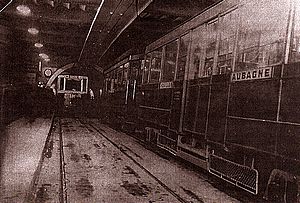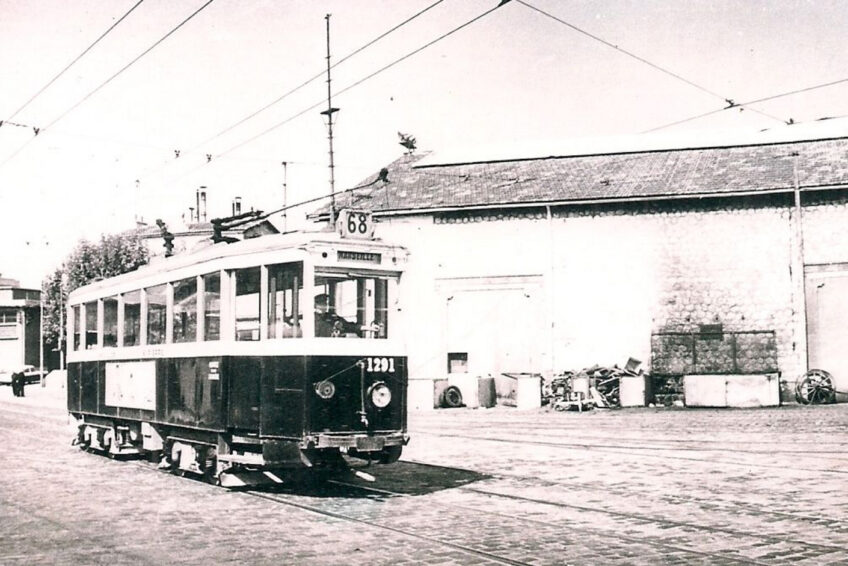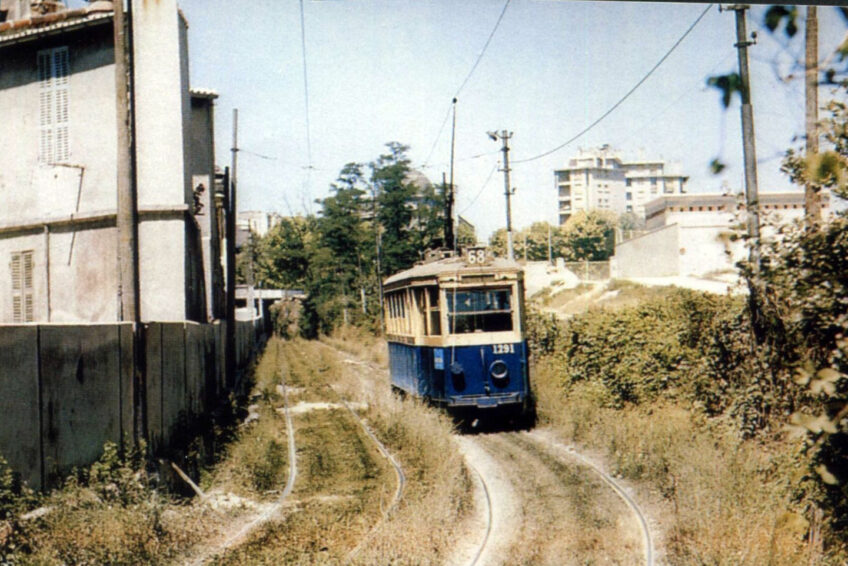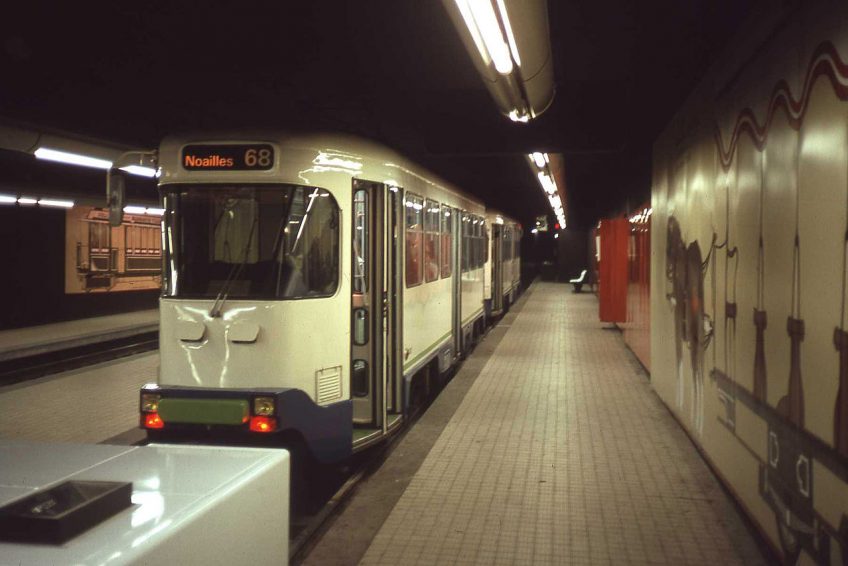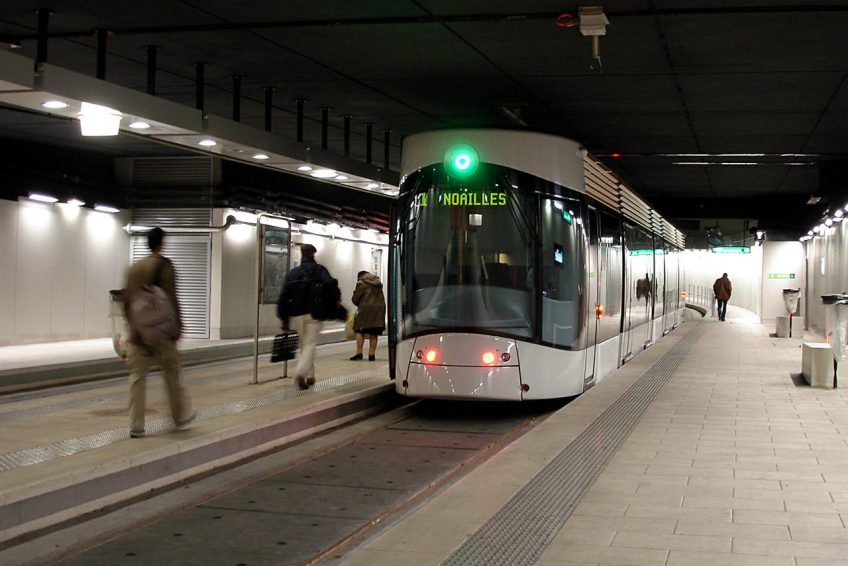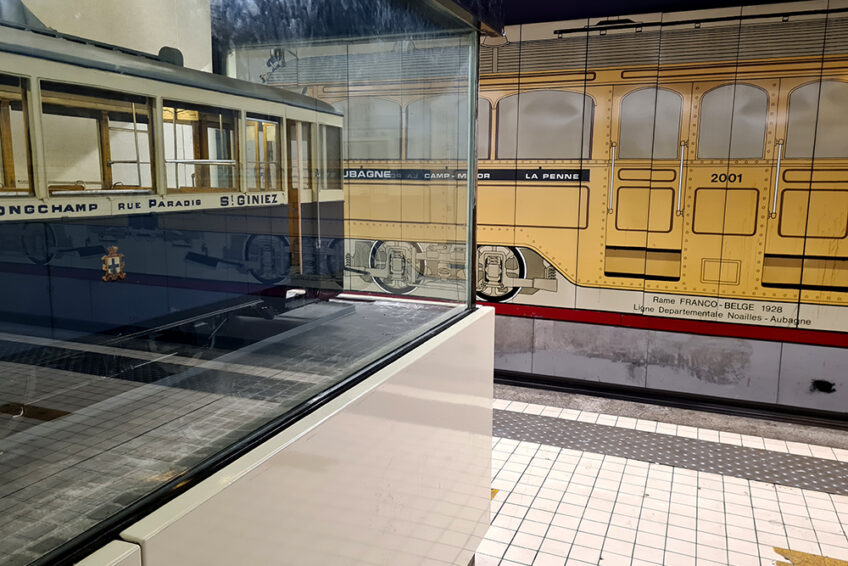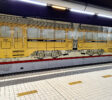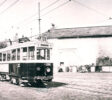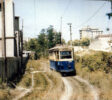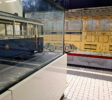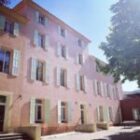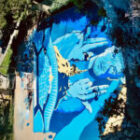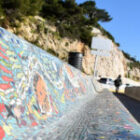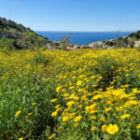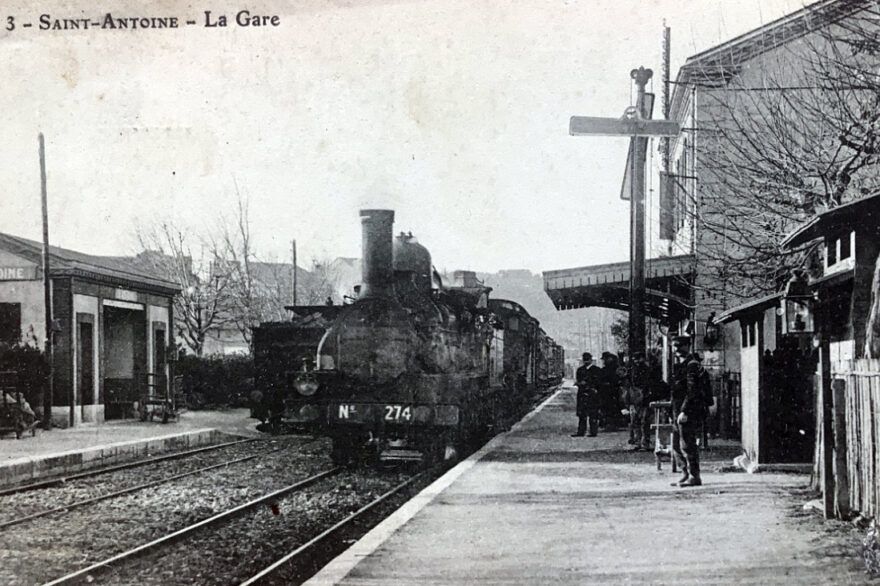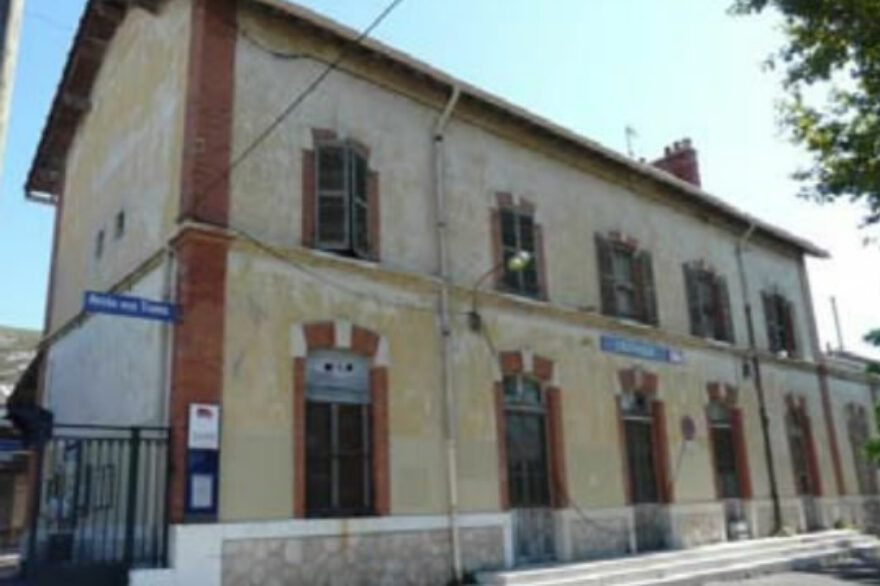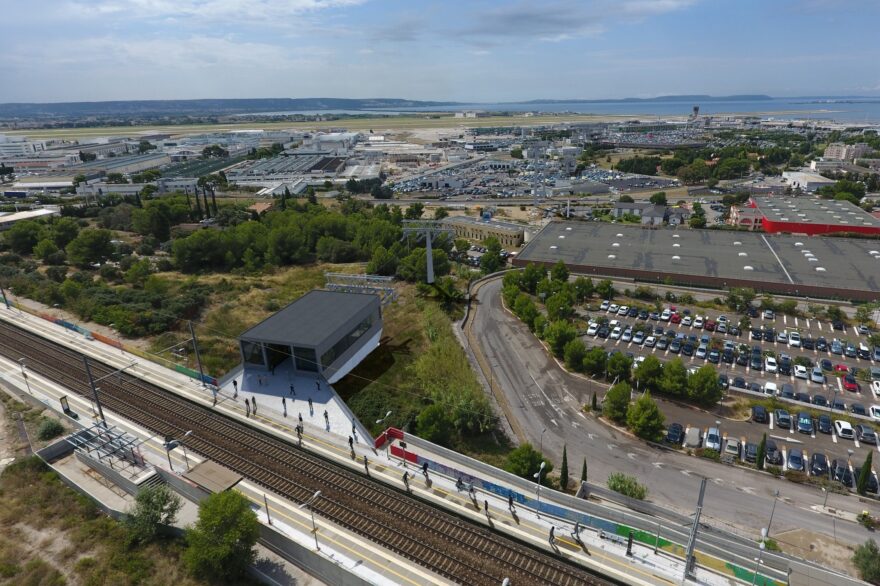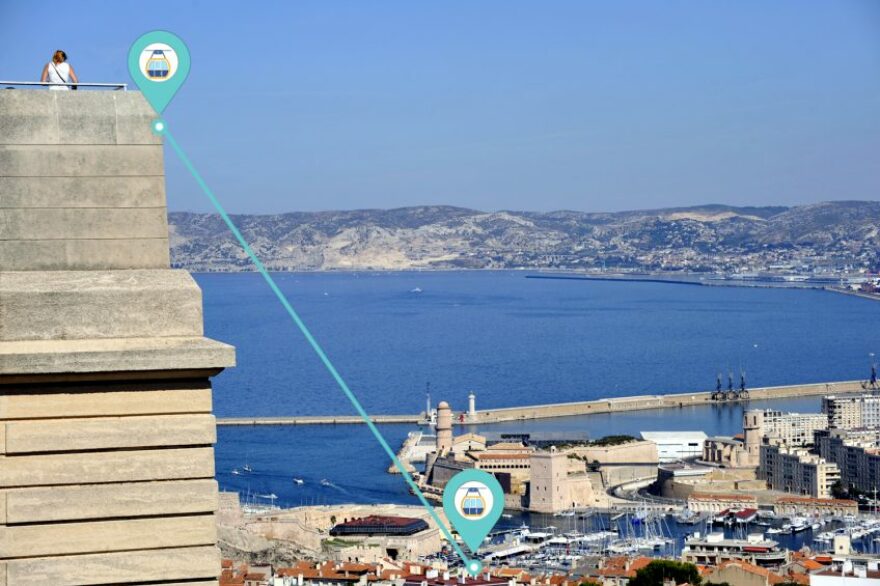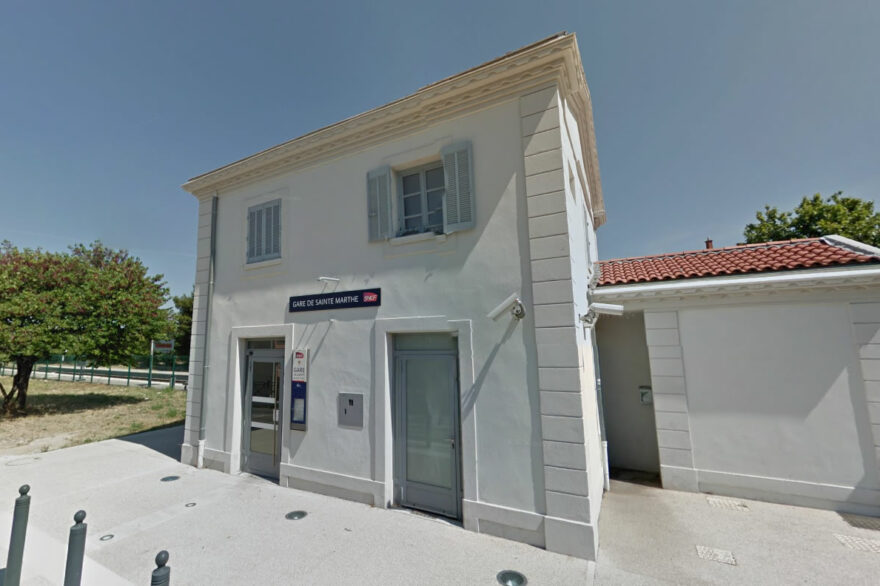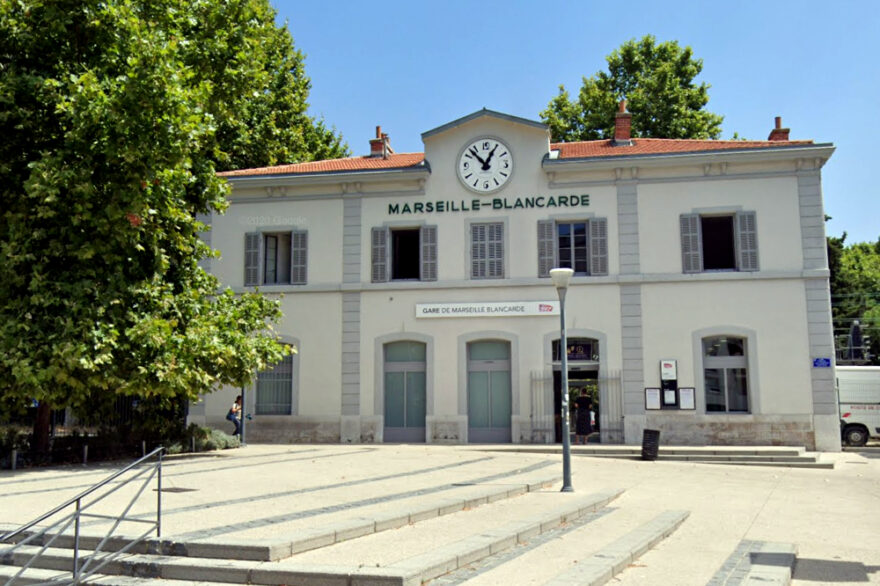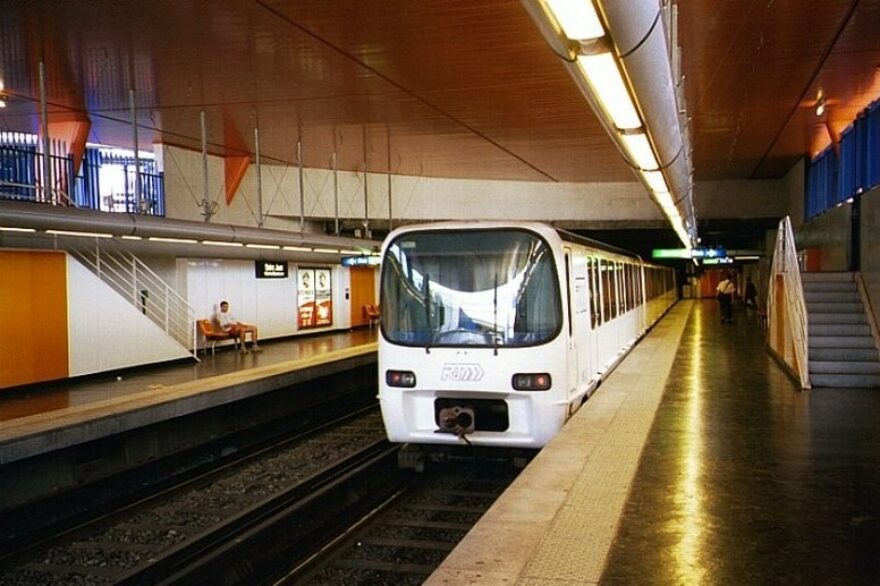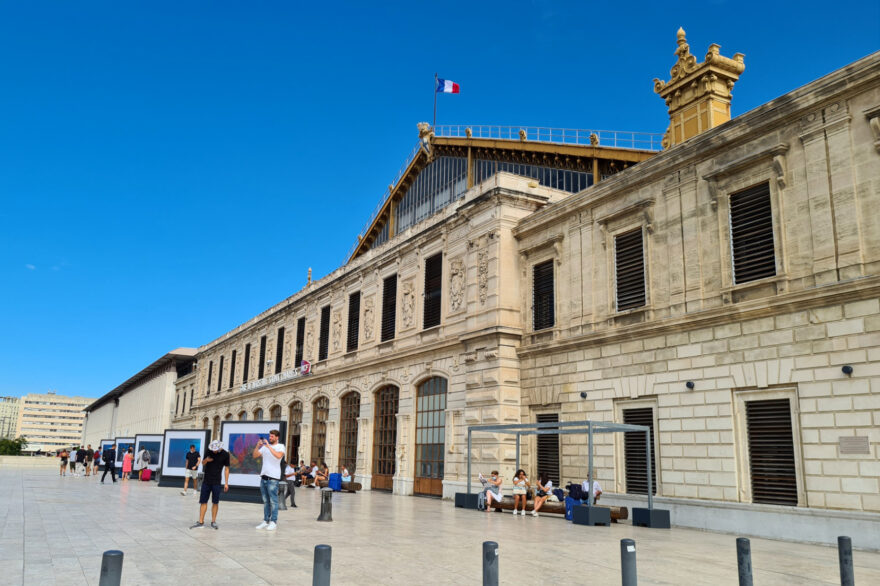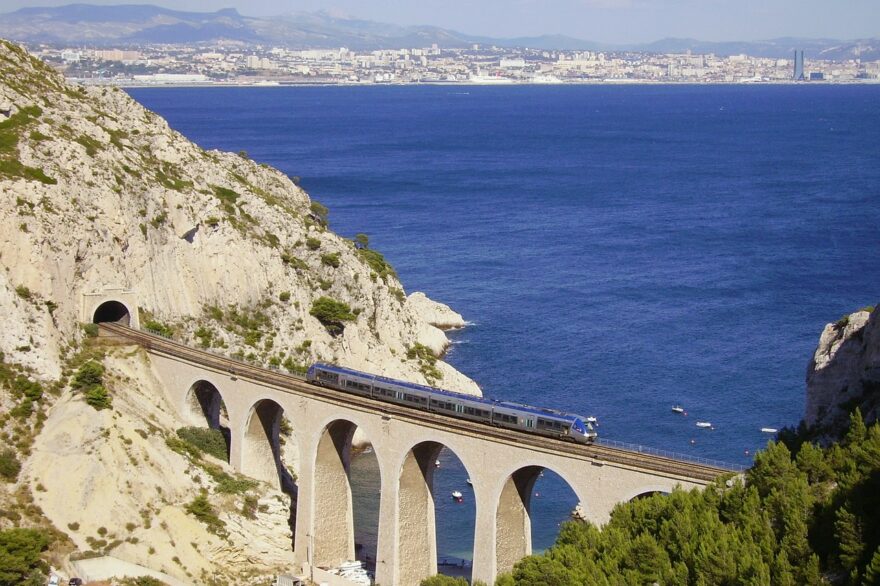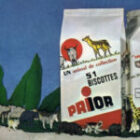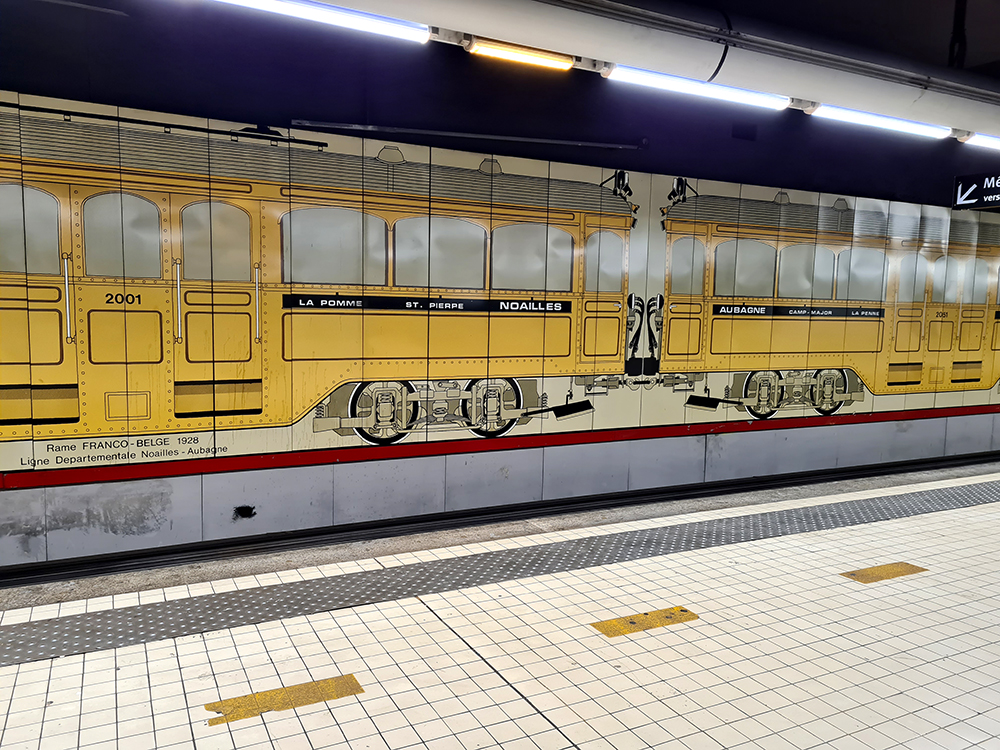
 The construction of this tunnel, a real pre-metro before its time, is explained by Marcel Pagnol in his book The tram left from the Gare de l'Est : " The East, in the circumstances, was not China, nor Asia Minor, nor even Toulon: it was Aubagne, where the eastern rails modestly stopped under western plane trees […] The tunnel, dimly lit by small candles in niches, was composed only of curves and bends: after a quarter of an hour of creaking and jolts, we emerged from the bowels of the earth, just at the beginning of Boulevard Chave, 300 meters from our starting point…. My father explained to us that this singular work had been started at both ends, but that the digging teams, after a long and winding journey underground, had met only by chance.»
The construction of this tunnel, a real pre-metro before its time, is explained by Marcel Pagnol in his book The tram left from the Gare de l'Est : " The East, in the circumstances, was not China, nor Asia Minor, nor even Toulon: it was Aubagne, where the eastern rails modestly stopped under western plane trees […] The tunnel, dimly lit by small candles in niches, was composed only of curves and bends: after a quarter of an hour of creaking and jolts, we emerged from the bowels of the earth, just at the beginning of Boulevard Chave, 300 meters from our starting point…. My father explained to us that this singular work had been started at both ends, but that the digging teams, after a long and winding journey underground, had met only by chance.»
Traffic evolution
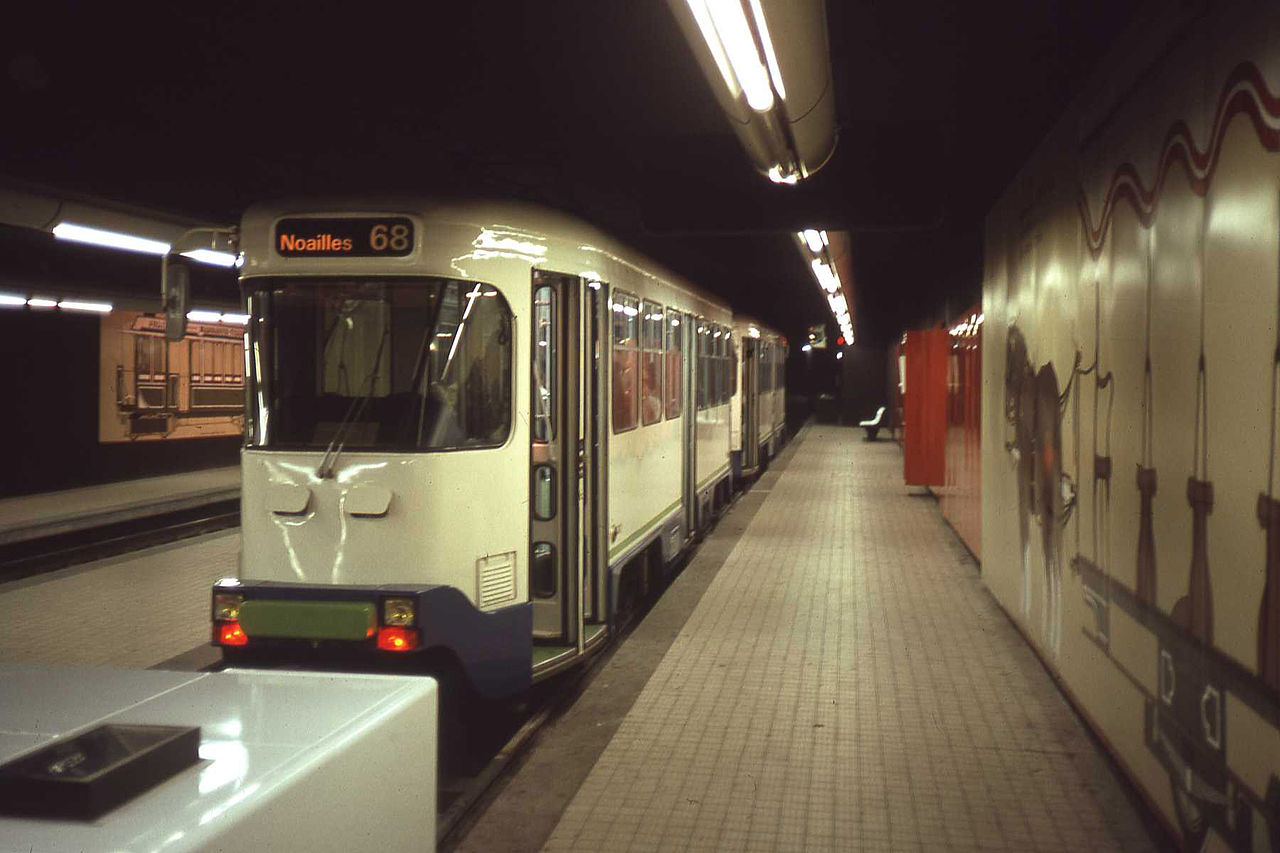
1984
During the 30 years that followed, with the densification of the Marseille tramway network (more than 100 lines corresponding today to bus lines) and the saturation of the Canebière, many lines were diverted from their Vieux-Port or Bourse terminus to Noailles, starting with lines 40 and 68. In 1914: lines 12 to Les Camoins, 13 to La Valentine, 14 to La Pomme, 40 to Aubagne, 68 to St Pierre. In 1939 (after redesign of the network by the Compagnie Générale Française de Tramways (CGFT)): lines 12 to Les Camoins, 12 to La Valentine, 14 to La Pomme, 39 to La Penne sur Huveaune, 40 to Aubagne and 68 to St Pierre . Unfortunately, while the network was one of the most extensive in the world, the infrastructures are in a catastrophic state after the Second World War. Gaston Defferre then decided to remove the entire network at the end of the 1960s.
Only line 68 linking Noailles to St Pierre will be retained.
The arrival of the metro
In the 1970s, the same person who had asked for the tram to be abolished launched the creation of the city's metro network by the Régie Autonome des Transports de la Ville de Marseille (RATVM). On March 3, 1984, line 2 arrived at Noailles, ending the initial tram terminus inside the station itself. Indeed, to allow a better interconnection between metro and tram, the 68 terminus was moved. The station hall becoming the gateway to the Noailles metro and tram stations.
For several years, the station housed a museum retracing the history of urban transport in Marseille.
The new Noailles metro station
Tram renovation
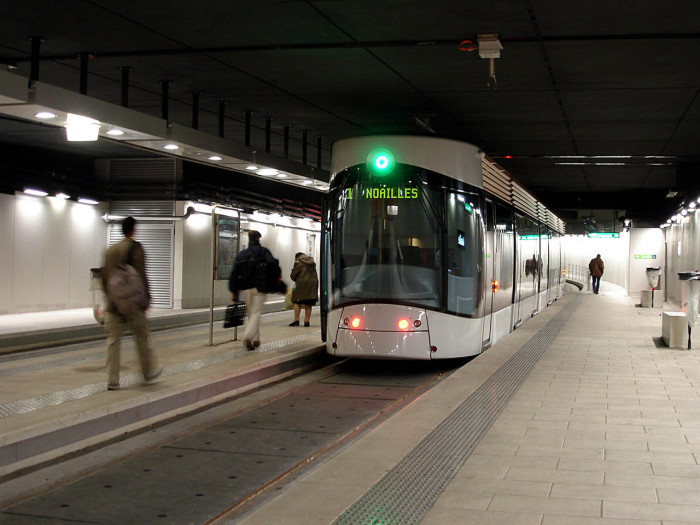
2010
While the station experienced several closures of a few months during its life due to infrastructure renovation, it experienced its greatest drop in attendance in 2004 with the shutdown of tram line 68 (up to 5 million passengers per year ) and the closure of the tunnel for renovation. The tram terminus was then reopened in 2009 with new platforms and new equipment. Line 68 has been replaced by line T1 between Noailles and Les Caillols Center Urbain.
Abandoned project
In 1942-1943, the CGFT, operator of the station, proposed an extension of the underground network using two main tunnels passing under the city and two large underground stations: Noailles and Bourse (station in the form of a large central loop) . Financial difficulties during the Second World War will prevent the realization of the project. Ironically, today, no metro stops at the Bourse and the T2 tramway located on the Belsunce course does not have a stop under the name Bourse.
The Canebière Bourse bus station, renovated in 2020-2021, is thus the largest urban bus station in the city.
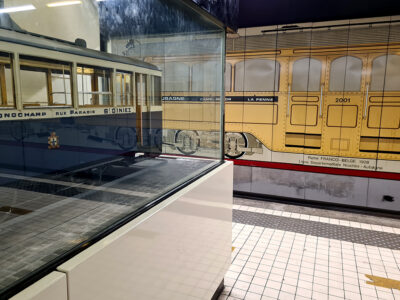
Exhibition of tram models in the Noailles Metro station
The station today
The Noailles station is now one of the three entrances to the Noailles metro and tram station. It is open from 5 a.m. to 1 a.m. and no longer has any counters or customer area. Only automatons and interactive terminals allow human contact by videoconference with RTM staff. The names “Gare de Noailles” and “Gare de l'Est” are no longer used by the operator who calls it “Exit Marché des Capucins”. The entrance to this station still has its place and its stone facade. At the entrance to the hall, access to the metro and the anti-fraud terminals are directly opposite. A vending machine for buying tickets and Transpass card refills is located against the wall, next to a map of the network and the district. Access to the tramway is on either side of the metro access, before taking the old tunnel, of which you can see the traces of the rails still on the ground. Access to the tramway platforms is then almost direct.
This station still remains a great symbol of the former grandeur of the Marseille tramway network. Louis Dallest is the architect of the metro station. The tunnel that connects the tram station to Boulevard Chave is single-track. Previously, it housed a two-way traffic made impossible since the widening of the cars.
